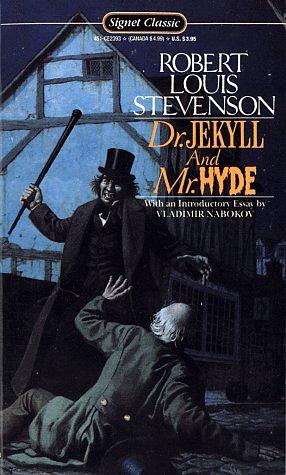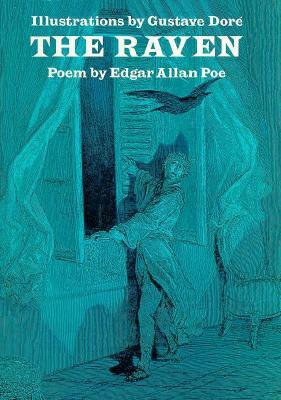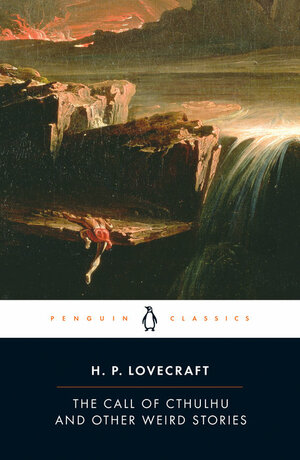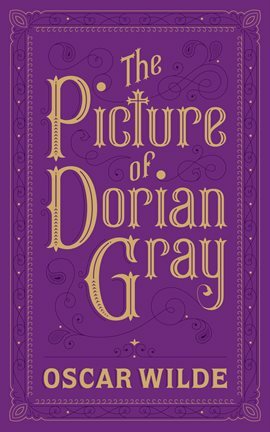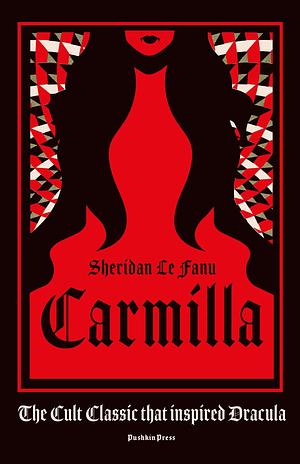You need to sign in or sign up before continuing.
Take a photo of a barcode or cover
Overview
I have created different challenges from Classic Gothic Literature: Early Gothic to High Gothic, to Classic Gothic Literature: Modern to Postmodern detailing the works of Gothic literature that are important to the genre, and why.
This challenge is for the core works of Gothic Literature that are considered the classics and masterpieces of the genre. This is the challenge (or list) for someone who is interested in an overview of the genre, or is interested in reading the best works of the genre.
This list features gothic fiction and gothic horror that are considered classics of the genre.
Whereas my other lists are in Chronological order, this list is in no particular order.
I may continue to update this with the notes on why these books are considered core to the genre, but until I do so please feel free to visit the other challenges I have created in the relevant year for the books you seek that information on.
This challenge is for the core works of Gothic Literature that are considered the classics and masterpieces of the genre. This is the challenge (or list) for someone who is interested in an overview of the genre, or is interested in reading the best works of the genre.
This list features gothic fiction and gothic horror that are considered classics of the genre.
Whereas my other lists are in Chronological order, this list is in no particular order.
I may continue to update this with the notes on why these books are considered core to the genre, but until I do so please feel free to visit the other challenges I have created in the relevant year for the books you seek that information on.
Gothic Literature: Core Books of the Genre
65 participants (38 books)
Overview
I have created different challenges from Classic Gothic Literature: Early Gothic to High Gothic, to Classic Gothic Literature: Modern to Postmodern detailing the works of Gothic literature that are important to the genre, and why.
This challenge is for the core works of Gothic Literature that are considered the classics and masterpieces of the genre. This is the challenge (or list) for someone who is interested in an overview of the genre, or is interested in reading the best works of the genre.
This list features gothic fiction and gothic horror that are considered classics of the genre.
Whereas my other lists are in Chronological order, this list is in no particular order.
I may continue to update this with the notes on why these books are considered core to the genre, but until I do so please feel free to visit the other challenges I have created in the relevant year for the books you seek that information on.
This challenge is for the core works of Gothic Literature that are considered the classics and masterpieces of the genre. This is the challenge (or list) for someone who is interested in an overview of the genre, or is interested in reading the best works of the genre.
This list features gothic fiction and gothic horror that are considered classics of the genre.
Whereas my other lists are in Chronological order, this list is in no particular order.
I may continue to update this with the notes on why these books are considered core to the genre, but until I do so please feel free to visit the other challenges I have created in the relevant year for the books you seek that information on.
Challenge Books
1
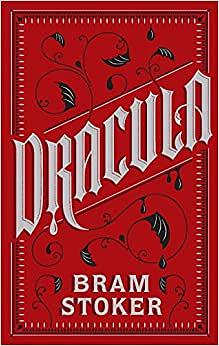
Dracula
Bram Stoker
‘Dracula is an epistolary novel told as a series of letters, diary entries, newspaper articles and ships’ log entries. It responds to Victorian anxiety over the potential fluidity of gender roles, colonialism, racial mixing, and reverse imperialism.’
‘Bram Stoker’s Dracula is one of the outstanding works of Gothic literature. The story, told in the form of letters and journal entries, tapped into the fears that haunted the Victorian fin de siecle. In Dracula, modern progressive Britain is menaced by decayed, aristocratic Europe. Superstition is pitted against Science, and wanton female sexuality in the guise of Lucy Westenra, is contrasted with the traditional respectability of Mina Murray. The book is an imaginative tour de force, full of terrifying and dream-like imagery, but its roots lie deep in the anxieties of late-Victorian Britain.’
Continue reading here
‘Bram Stoker’s Dracula is one of the outstanding works of Gothic literature. The story, told in the form of letters and journal entries, tapped into the fears that haunted the Victorian fin de siecle. In Dracula, modern progressive Britain is menaced by decayed, aristocratic Europe. Superstition is pitted against Science, and wanton female sexuality in the guise of Lucy Westenra, is contrasted with the traditional respectability of Mina Murray. The book is an imaginative tour de force, full of terrifying and dream-like imagery, but its roots lie deep in the anxieties of late-Victorian Britain.’
Continue reading here
2
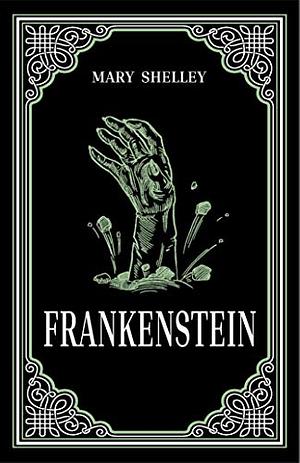
Frankenstein: The 1818 Text
Mary Shelley
‘Frankenstein is inflused with elements of the Gothic novella pokes fun and the Romantic movement. It is also an early example of Science fiction. Frankenstein is an epistolary novel, or novel written as a series of documents, and begins with the frame story of Captain Walton who has set out to find an ocean passage across the North Pole and encounters Victor Frankenstein pursuing his creature.’
‘Mary Shelley’s manuscript draft of Frankenstein began at the Villa Diodati with marginal notes by Percey Shelley. The Ménage a Cinq was a gathering of Mary Shelley (then Godwin), her step sister Claire Clairmont, the Romantic poets Percey Shelly, and Lord Byron, and Byron’s travelling physician John William Polidori, at the Villa Diodati in Geneva, Switzerland.
A volcanic eruption created a gloomy, overcast atmosphere in Geneva and Shelley described the summer of 1816 as “a wet, undeniable summer, [where] incessant rain often continued us for days to the house”. The company told each other German ghost stories, which prompted Byron to propose that they each write one. Mary Shelley would later have a nightmare at the Villa that would inspire Frankenstein.’
‘Mary Shelley’s manuscript draft of Frankenstein began at the Villa Diodati with marginal notes by Percey Shelley. The Ménage a Cinq was a gathering of Mary Shelley (then Godwin), her step sister Claire Clairmont, the Romantic poets Percey Shelly, and Lord Byron, and Byron’s travelling physician John William Polidori, at the Villa Diodati in Geneva, Switzerland.
A volcanic eruption created a gloomy, overcast atmosphere in Geneva and Shelley described the summer of 1816 as “a wet, undeniable summer, [where] incessant rain often continued us for days to the house”. The company told each other German ghost stories, which prompted Byron to propose that they each write one. Mary Shelley would later have a nightmare at the Villa that would inspire Frankenstein.’
3
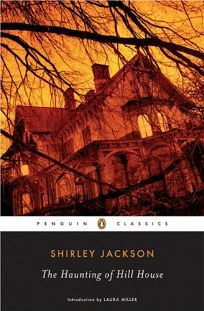
The Haunting of Hill House
Shirley Jackson
The 1959 gothic horror novel by American Author Shirley Jackson who became well known for her work in the genre.
“The author decided to write “a ghost story” after reading about a group of 19th century “psychic researchers” who studied a house and somberly reported their supposedly scientific findings to the Society for Psychic Research. What Jackson discovered in their “dry reports was not the story of a haunted house, it was the story of several earnest, I believe misguided, certainly determined people, with their differing motivations and background.” Excited by the prospect of creating her own haunted house and the characters to explore it, she launched into research. She later claimed to have found a picture in a magazine of a California house she believed was suitably haunted-looking. She asked her mother who lived in California, to help find information about the dwelling. According to Jackson, her mother identified the architect was the author’s own great-great-grandfather, who had designed some of San Francisco’s oldest buildings. Jackson also read volume upon volume of traditional ghost stories while preparing to write her own. “No one can get into a novel about a haunted house without hitting the subject of reality head-on; either i have to believe in ghosts, which i do, or i have to write another kind of novel altogether.”’
By Paula Guran (1999) Shirley Jackson & the Haunting of Hill House
Continue reading here
“The author decided to write “a ghost story” after reading about a group of 19th century “psychic researchers” who studied a house and somberly reported their supposedly scientific findings to the Society for Psychic Research. What Jackson discovered in their “dry reports was not the story of a haunted house, it was the story of several earnest, I believe misguided, certainly determined people, with their differing motivations and background.” Excited by the prospect of creating her own haunted house and the characters to explore it, she launched into research. She later claimed to have found a picture in a magazine of a California house she believed was suitably haunted-looking. She asked her mother who lived in California, to help find information about the dwelling. According to Jackson, her mother identified the architect was the author’s own great-great-grandfather, who had designed some of San Francisco’s oldest buildings. Jackson also read volume upon volume of traditional ghost stories while preparing to write her own. “No one can get into a novel about a haunted house without hitting the subject of reality head-on; either i have to believe in ghosts, which i do, or i have to write another kind of novel altogether.”’
By Paula Guran (1999) Shirley Jackson & the Haunting of Hill House
Continue reading here

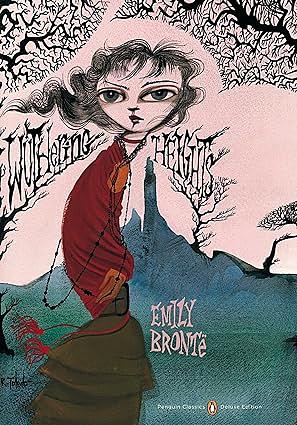

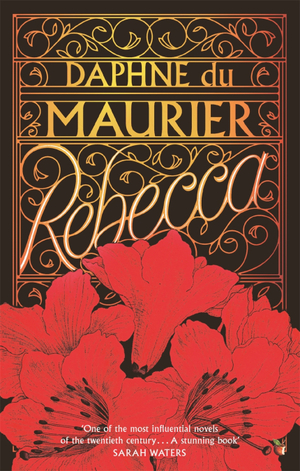
![The Phantom of the Opera - Full Version [Annotated] by Gaston Leroux](https://cdn.thestorygraph.com/0s4da4s0wn4nhf7n2ayg4pg71er3)
